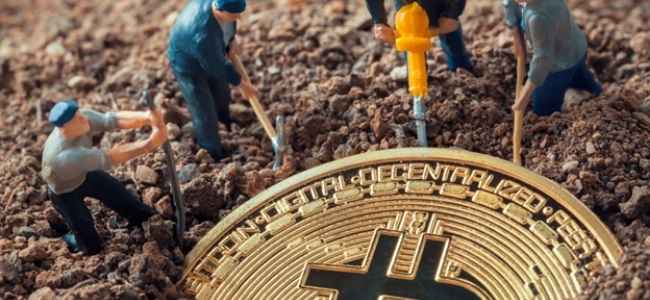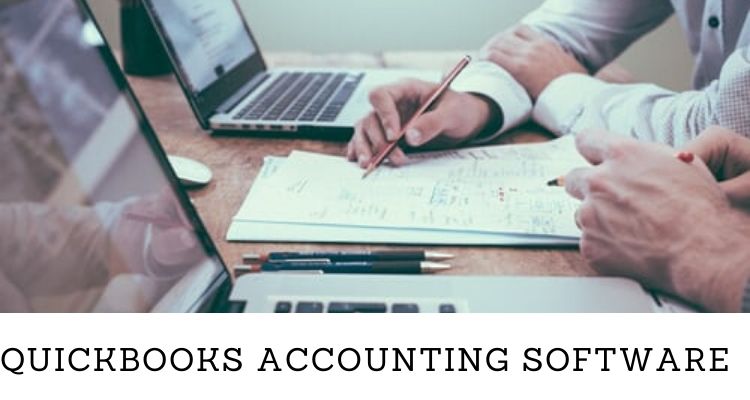Today there’s a whole economy based on cryptocurrency mining. There’s even a movement away from mining cryptocurrency altogether. Mostly this is for an effort to fight misinformation about climate and energy costs.
This means that technological developments make the case for validation without proof-of-work (PoW) mining.
Regardless, there’s always going to be a need for mining on certain platforms that will never go away. So, it’s time to learn how to mine cryptocurrency (in a sustainable way) to make sure you’re not left behind.
Keep reading to learn how and why you should know how to mine for a cryptocurrency — including Bitcoin and others.
What You’ll Need to Mine Cryptocurrencies
When you’re learning how to mine cryptocurrency and get into Bitcoin mining, it’s important to know that it isn’t the only cryptocurrency you can mine. Right now, most public blockchains rely on miners to get their transactions through.
Miners frequently switch from one type of crypto to another, based on the reward prices and difficulty levels of the currency getting mined.
You’ll need mining equipment to run the node and start mining. But there’s another caveat: some mining equipment gets made specifically for Bitcoin, and others get made for general purposes.
Bitcoin mining happens on a CPU, GPU, or ASIC machine.
ASIC machines get made specifically for the type of cryptographic algorithm that Bitcoin uses.
GPUs are more middle-road equipment for mining. It handles any type of heavy mathematical load in a very general way. This makes it a flexible solution for a miner that wants to hop between cryptos to get the best deal or value.
How to Mine For a Cryptocurrency
A mining farm is made up of hundreds or sometimes thousands of GPUs that are competing, it doesn’t equal a single supercomputer. It only means that a single entity that controls them and benefits from it.
With that in mind, anyone with a comparable GPU or ASIC has a chance of winning out a locally sourced transaction.
This is because there are five to six major steps of how PoW works. They are:
- The proposition of a new block
- The header of the latest block and its nonce get combined to make a new unique hash
- The hash becomes generated and announced publicly
- The PoW gets solved if the hash is lower than the Target Value
- A miner then receives their reward and transaction fees
- If the hash fails (is higher than the Target Value) the calculation repeats until it’s lower
The nonce, from step two, is guessed sequentially by the machine that’s mining, starting from a random value. Each mining rig starts at a different value and works sequentially from there. That means that the more mining rigs you have, the more likely you are to guess the right nonce.
However, the more mining rigs you have means spending money and using more electricity. It’s a balance that must be struck for the best bang for your buck.
Look Who’s Mining Now
If you’re considering how to mine cryptocurrency, this guide should get you off on the right foot — or at least the right hardware — to start.
Need more advice and tips about what cryptocurrencies are, how they work, and blockchain technology in general? Keep reading our blogs to stay ahead and informed!






